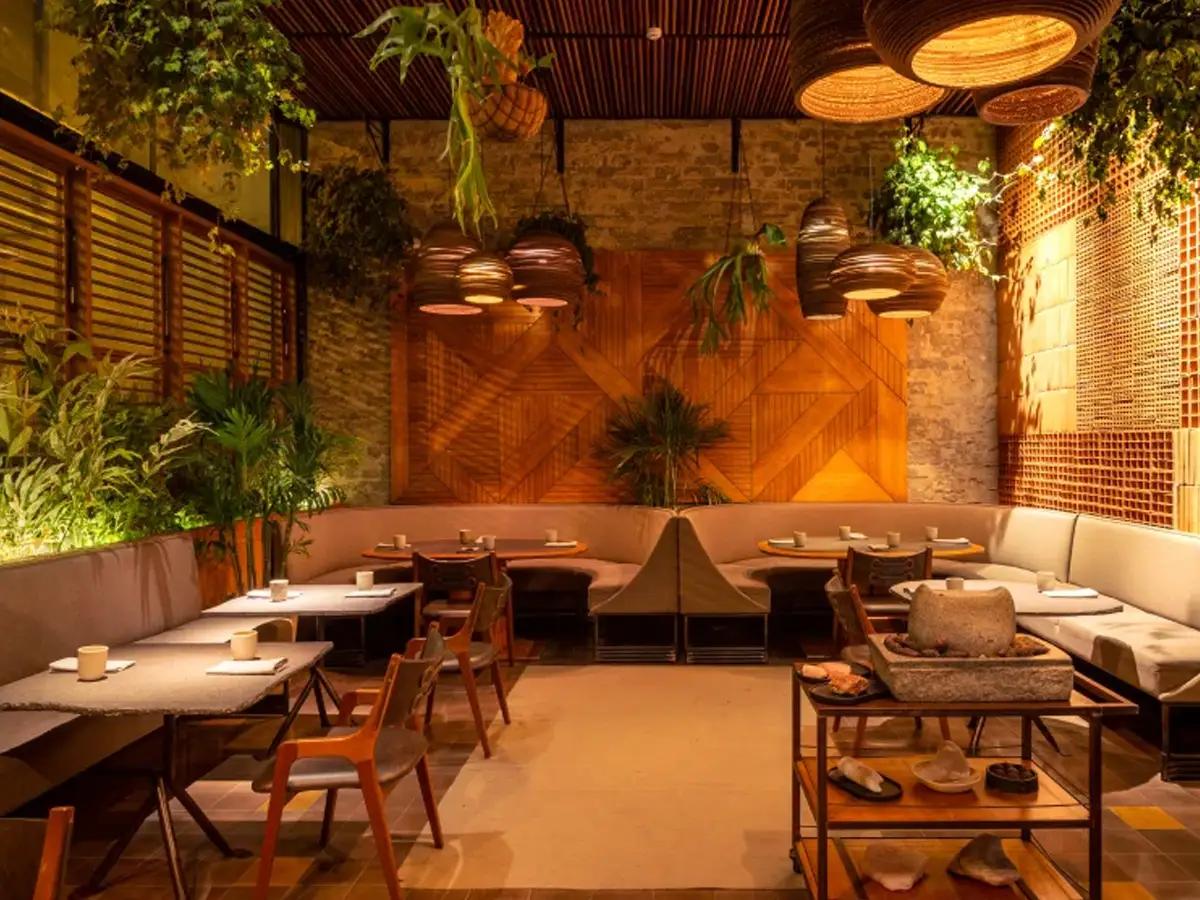Why Dining at Neighborhood Restaurants Supports Your Neighborhood and Thrills Your Taste
Dining at regional dining establishments provides more than just a dish; it works as an essential element in nurturing community vitality and economic strength. By patronizing these establishments, individuals not just enjoy varied culinary experiences yet likewise contribute to regional work production and the support of local farmers. This symbiotic connection fosters a rich tapestry of flavors that shows regional society and heritage. Yet, the effects of such choices prolong far past the plate, inviting us to think about exactly how our dining habits shape the neighborhoods we occupy. What might this suggest for the future of regional eating and neighborhood connection?
Financial Effect of Regional Dining

The economic effect of neighborhood eating expands much past the restaurant itself, influencing a variety of fields within the area. Regional restaurants play an essential duty in boosting economic development by developing jobs, supporting local providers, and contributing to metropolitan incomes. When customers select to eat at neighborhood facilities, they assist sustain employment for chefs, web servers, and maintenance team, hence enhancing the local work market.
Moreover, neighborhood dining establishments typically source active ingredients from close-by ranches and producers, promoting a durable supply chain that benefits numerous farming sectors. This method not only sustains neighborhood economies but additionally urges lasting farming techniques. Additionally, the sales tax created from these dining establishments adds to crucial civil services, such as education and framework, which better enhances area lifestyle.
Furthermore, regional eating establishments commonly promote a sense of neighborhood, drawing in locals and visitors alike, which can result in raised foot web traffic in surrounding businesses. This interconnectivity amongst local enterprises improves economic strength, developing a vivid and lasting community environment. Basically, the support of neighborhood dining is an investment in the more comprehensive financial wellness of the area, advertising growth and sustainability for future generations.
Unique Culinary Experiences

In addition, numerous regional establishments accept farm-to-table methods, highlighting the relevance of seasonal fruit and vegetables. Diners can appreciate the quality of active ingredients sourced from close-by farms, which not only improves flavor but additionally cultivates a connection to the local landscape. This commitment to quality and locality establishes the stage for distinct cooking experiences that are usually lacking in chain dining establishments.
Moreover, neighborhood chefs frequently experiment with combination food, blending diverse culinary customs to create amazing brand-new meals. Such technology not just entices the taste buds however additionally urges adventurous dining, inviting clients to widen their culinary horizons. Engaging with local restaurants enables diners to enjoy dishes that are not practically nutrition, but about the artistry and interest that specify more the cooking globe, making every dining experience really unique and delightful.
Fortifying Area Bonds
Eating at neighborhood restaurants plays a crucial duty in strengthening area bonds by promoting links amongst residents. These facilities function as vital meeting place where people can involve in significant discussions, share experiences, and develop enduring memories. As patrons constant the same local spots, they cultivate a feeling of knowledge and sociability, strengthening social ties within the neighborhood.
Additionally, neighborhood dining establishments commonly reflect the unique social textile of their areas, showcasing local customs and culinary heritage. This event of regional society not just boosts community identity but also motivates citizens to take pride in their environments. By joining the local eating scene, people add to a shared narrative that binds them with each other.
Neighborhood events organized at restaurants, such as open mic nights, fundraisers, or food festivals, additionally improve these links. They offer opportunities for cooperation and engagement among diverse teams, cultivating inclusivity and understanding. As citizens gather to support regional services, they concurrently support one an additional, developing an interconnected network that strengthens the area's durability.
Basically, eating at regional dining establishments is not merely concerning food; it is an enhancing experience that strengthens neighborhood bonds and cultivates a vivid, united local society.
Supporting Regional Farmers and Manufacturers

This practice lowers transportation prices and emissions, promoting environmental sustainability while likewise improving the flavor and high quality of the meals served. Seasonal food selections, which highlight regional produce, allow restaurants to offer special cooking experiences that mirror the area's farming bounty.
Additionally, sustaining local farmers helps protect standard farming methods and motivates biodiversity. It empowers small-scale producers, permitting them to Extra resources grow in a significantly industrialized food system. As regional dining establishments pick to partner with these farmers, they aid keep a lively agricultural community, ensuring that regional food systems continue to be resilient.
Basically, eating at local dining establishments is not just about taking pleasure in a meal; it is a financial investment in the local economic situation and an affirmation of sustainable practices. By picking neighborhood, diners play a vital function in nurturing their communities and supporting the dedicated individuals that grow their food.
Preserving Regional Society and Heritage
Rooted in the customs of their areas, regional restaurants act as important custodians of cultural heritage. By showcasing local components and conventional cooking techniques, these establishments maintain the distinct flavors and culinary methods that specify regional identification. Each meal narrates, reflecting historical influences and social narratives that have actually formed the neighborhood over generations.
Moreover, local restaurants frequently champion classic recipes passed down via family members, guaranteeing that special cultural methods live. visit this site This not only educates customers about the neighborhood's heritage but additionally cultivates a feeling of pride and belonging among homeowners. The ambience, design, and also music in these facilities frequently echo the regional culture, providing an alternative experience that transcends plain dining.
Additionally, neighborhood restaurants contribute to the conservation of language and dialects, as menus and conversations usually include neighborhood vernacular. By taking part in area events and events, these dining establishments strengthen social bonds and promote cultural exchange. In significance, eating at neighborhood dining establishments is not simply a cooking experience; it is an opportunity to engage with and support the rich tapestry of regional culture and heritage, guaranteeing its connection for future generations.
Conclusion
